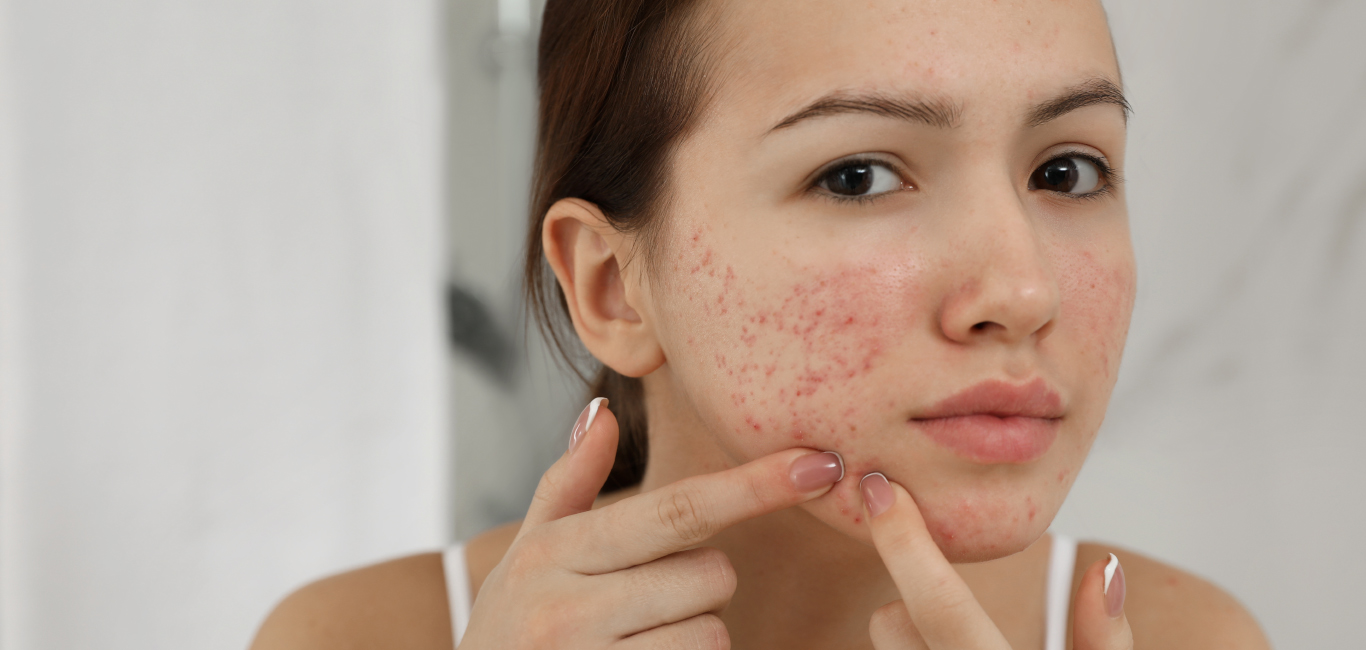
As menopause starts women may start to notice changes in their skin that can leave them feeling self-conscious and frustrated. But with the right skincare routine and a little know-how, it is possible to combat the effects and keep the skin youthful.
“As women enter menopause, their skin can become dry, itchy, and sensitive,” says Dr Charles E Crutchfield III, clinical professor of dermatology at the University of Minnesota Medical School and Benedict Distinguished Visiting Professor of biology at Carleton College and medical director at CrutchfieldDermatology.com. After menopause, skin metabolism slows, and elasticity deteriorates as regeneration slows.
What changes can we expect in our skin after menopause?
According to a 2013 study published in the National Library of Medicine by M Julie Thornton, post-menopause estrogen production significantly drops leading to accelerated atrophic skin changes. “Due to a decrease in collagen, we can see drooping, fine lines, and wrinkles, especially around the neck, jawline, and cheeks, in addition to the dryness brought on by hormonal fluctuations,” says Noida-based Vani Ahuja, co-founder and director of NatureCode. Crow’s feet (the lines formed around the eyes when we generally smile) and lines above the upper lip are two common lines and wrinkles which can increase after menopause.
Skin issues associated with menopause
- Dry, itchy skin
- Crow’s feet
- Age spots
- Fine lines, wrinkles
- Unwanted facial hair
- Pigmentation
Dealing with skin issues after menopause
Dr Crutchfield and Ahuja list a comprehensive guide to managing the skin at this age
- Cleansing the face right. Dr Crutchfield says, “Menopausal women should use a gentle, non-abrasive cleanser to clean their skin. Harsh soaps can dry and irritate the skin.” Ahuja suggests finding a perfect balance to avoid over-cleansing while preserving the skin’s natural oils.
- Dr Crutchfield says, “Moisturise twice daily as menopausal skin can become dry and hydrating oils can benefit.” The best time to apply a lotion or cream is immediately after bathing for better moisture absorption by moist skin. He also recommends lipid and ceramide-rich products.
- “Collagen and glutathione supplements should be used to increase the body’s production,” says Ahuja.
- Use a broad-spectrum sunscreen with an SPF of 30 or higher before venturing out.
- Look for products with hydrating and relaxing components like glycerin, hyaluronic acid, and niacinamide.
Revamping your skincare regimen post menopause
- Hydration is an easy and effective way to maintain one’s glow as it flushes the toxins out of the body.
- “Gently exfoliate the skin with lactic or glycolic acid to smooth wrinkles, boost collagen production, and reduce age spots. Look out for alpha hydroxy peels,” suggests Dr Crutchfield.
- “Wrinkles and sagginess increased once I reached menopause. However, adding peptides and retinol to my routine brought positive changes to my skin,” Sunita Basu (56) from Bengaluru told Happiest Health. She says she has had dry skin even before menopause, but after menopause it kept getting worse. It was on her dermatologist’s suggestion that she included peptides in her menopause routine.
Unlock the secret to youthful skin: Add these essentials for collagen production
- Peptides are protein fragments that make up the skin’s structural constituents. They increase collagen formation and skin suppleness.
- “Look out for ingredients like vitamin C, peptides, and growth factors, which along with collagen production reduce wrinkles, and give the skin a firmer appearance,” says Dr Crutchfield.
“Revitalise your skin with retinol. It helps reduce dryness and irritation associated with menopause,” says Ahuja. If you are a first-time user, avoid using retinol-based night creams more than twice a week at first, she concludes.
Read more: Simple skincare for busy adults
















